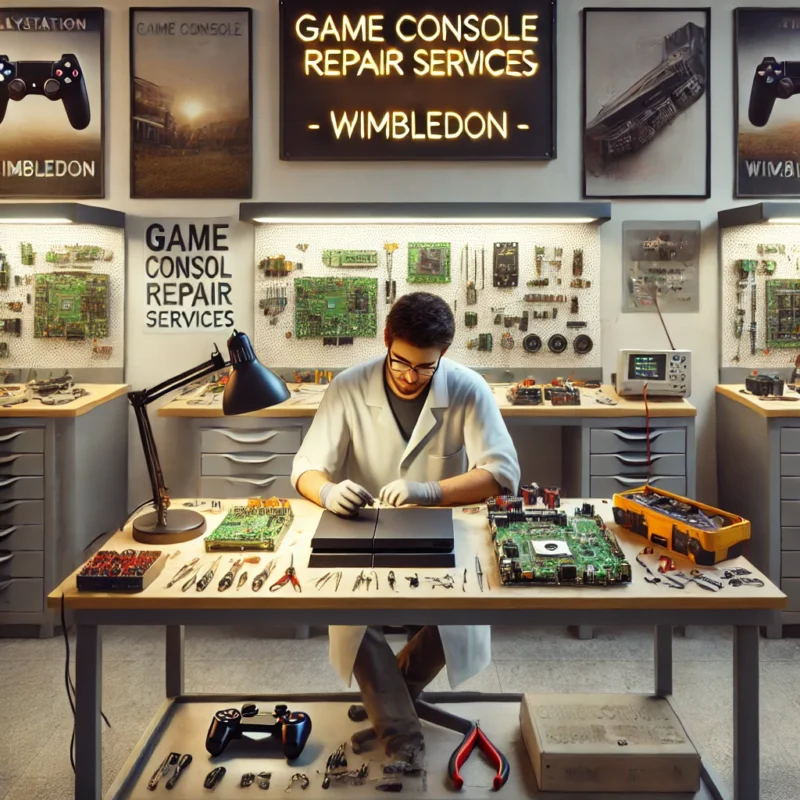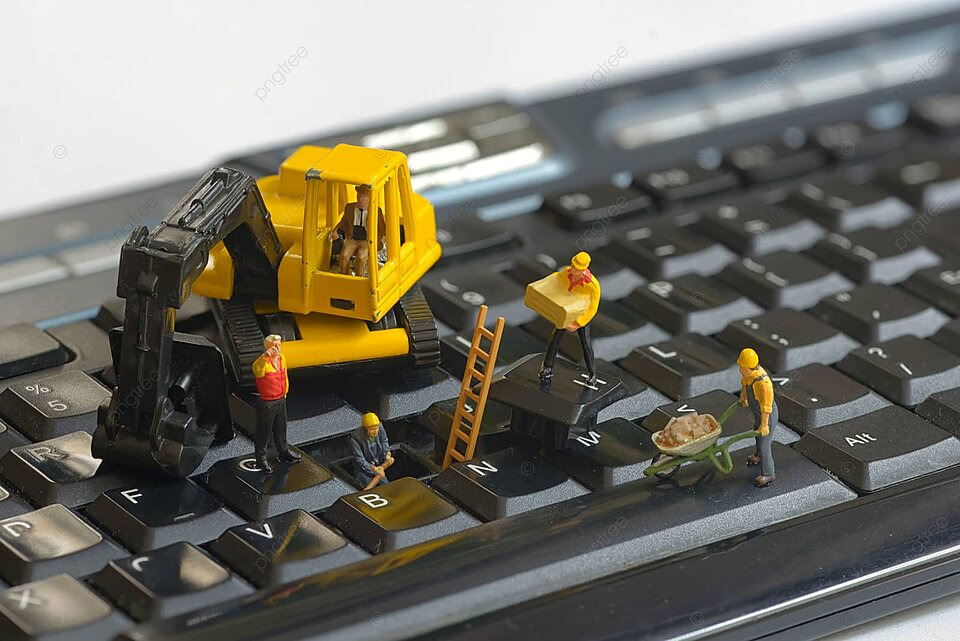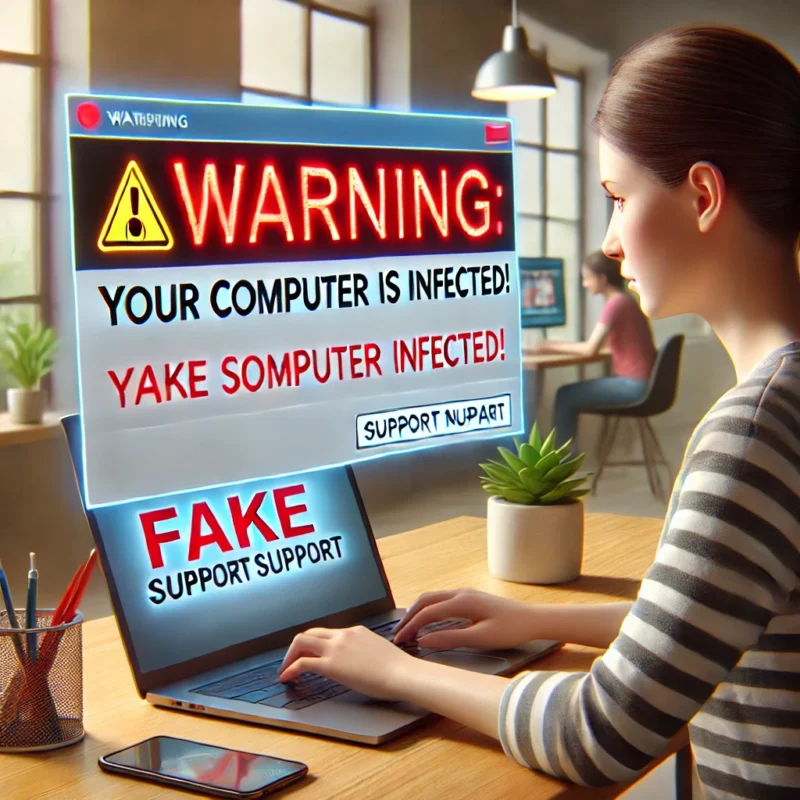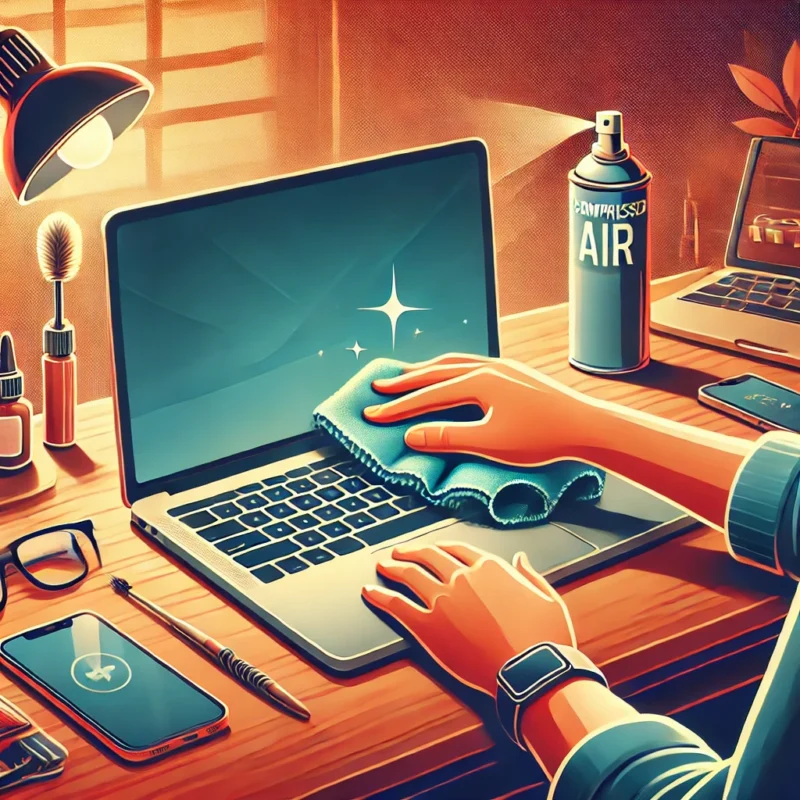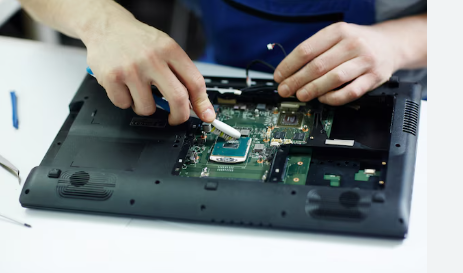Blog
Blue Screen of Death: What It Means and How to Fix It
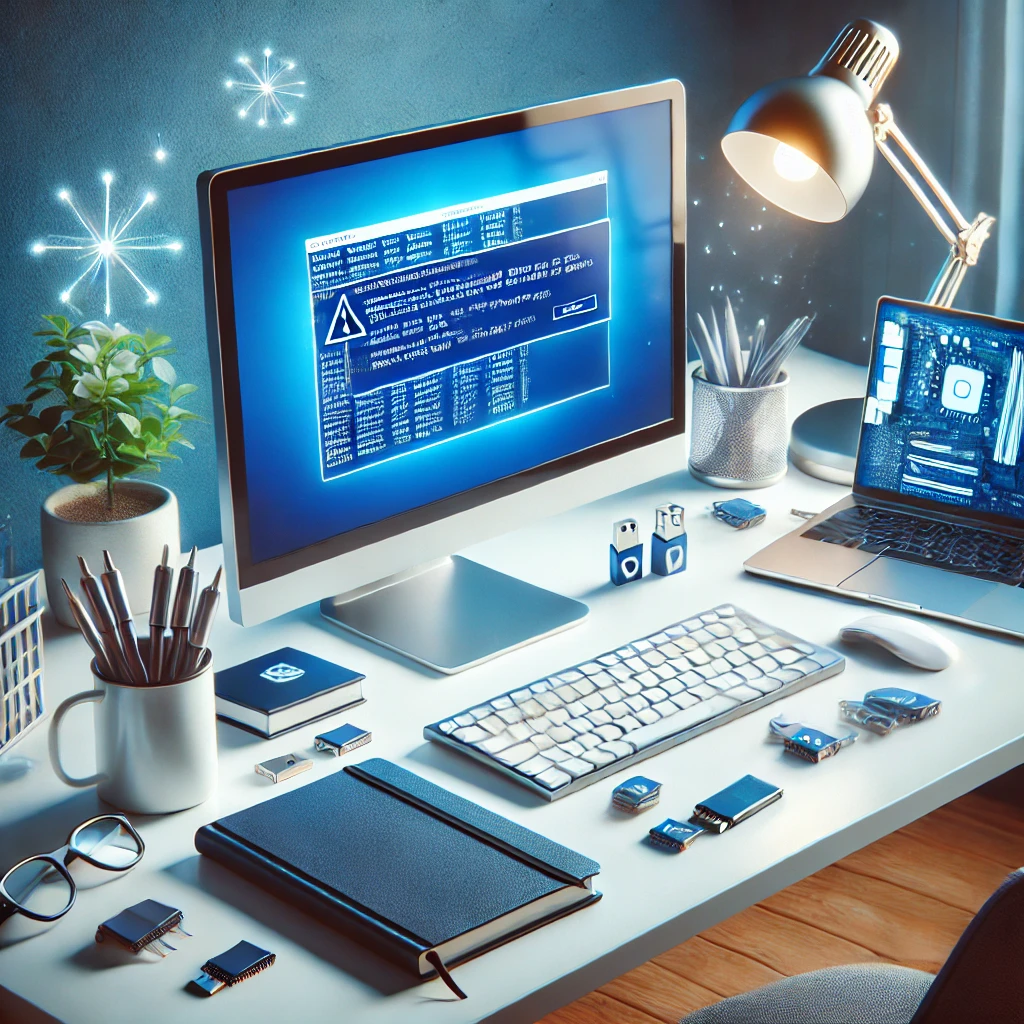
If you’ve ever encountered the Blue Screen of Death (BSOD) on your computer, you know how alarming it can be. The screen turns blue, technical error messages appear, and your system crashes. But don’t worry – the BSOD isn’t as scary as it seems! Let’s break down what it means and how you can fix it, step by step.
What Is the Blue Screen of Death?
The BSOD is a protective mechanism in Windows operating systems. It appears when your computer encounters a critical error it can’t recover from without restarting. These errors are often related to hardware, drivers, or system files, and they’re designed to prevent further damage to your device.
Common causes of the BSOD include:
- Driver Issues: Outdated or incompatible device drivers.
- Hardware Failures: Failing RAM, hard drives, or other components.
- Overheating: Excessive heat damaging internal parts.
- Software Conflicts: Malware, poorly coded apps, or corrupted files.
- Windows Updates: Improperly installed updates or compatibility problems.
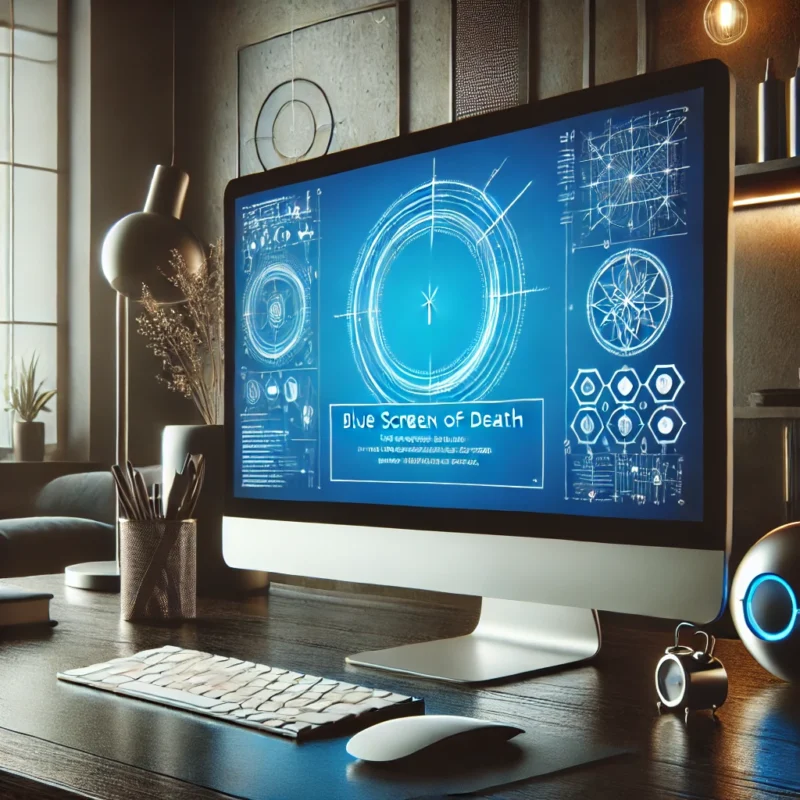
How to Fix the Blue Screen of Death
1. Restart Your Computer
Sometimes, a simple reboot is all it takes. When your computer restarts, it clears temporary issues and reloads the system. However, if the BSOD keeps recurring, move on to the next steps.
2. Note Down the Error Code
When the BSOD appears, it often displays an error code like “0x0000001E” or a message like “CRITICAL_PROCESS_DIED.” Write this down – it’s a clue to what caused the problem and will help you find specific solutions.
3. Check for Hardware Issues
- Run a Memory Test: Use the built-in Windows Memory Diagnostic tool to check your RAM.
- Inspect Your Hard Drive: Run a disk check by typing chkdsk /f in Command Prompt.
- Disconnect External Devices: Remove USB drives, printers, or other peripherals that might cause conflicts.
4. Update Drivers
Outdated or incompatible drivers are a leading cause of BSODs. Update them manually through the Device Manager or use Windows Update to find the latest versions.
5. Scan for Malware
Viruses can corrupt system files, leading to crashes. Use trusted antivirus software to perform a deep scan and remove any threats.
6. Undo Recent Changes
If the BSOD started after a software installation, driver update, or hardware upgrade, revert the changes:
- Use System Restore to return to a previous state.
- Uninstall recently added programs or drivers.
7. Check for Windows Updates
Ensure your operating system is up-to-date. Go to Settings > Update & Security and install any pending updates. These updates often include fixes for known issues.
8. Boot in Safe Mode
If you can’t access your desktop due to repeated crashes, boot into Safe Mode. This mode starts Windows with minimal drivers and can help you troubleshoot the problem.
9. Seek Professional Help
If you’ve tried everything and the BSOD persists, it might be time to consult experts. At PC Xpress in Wimbledon, our experienced technicians can diagnose and fix complex issues, ensuring your computer runs smoothly again.
Preventing Future BSODs
- Regularly update your drivers and Windows.
- Keep your computer clean and cool to avoid overheating.
- Use reliable antivirus software.
- Back up your data to prevent loss during unexpected crashes.
Final Thoughts
The Blue Screen of Death may seem intimidating, but it’s often fixable with the right approach. By following these steps, you can identify the root cause and get your system back on track. And if you ever need assistance, PC Xpress in Wimbledon is here to help with all your tech repair needs!
